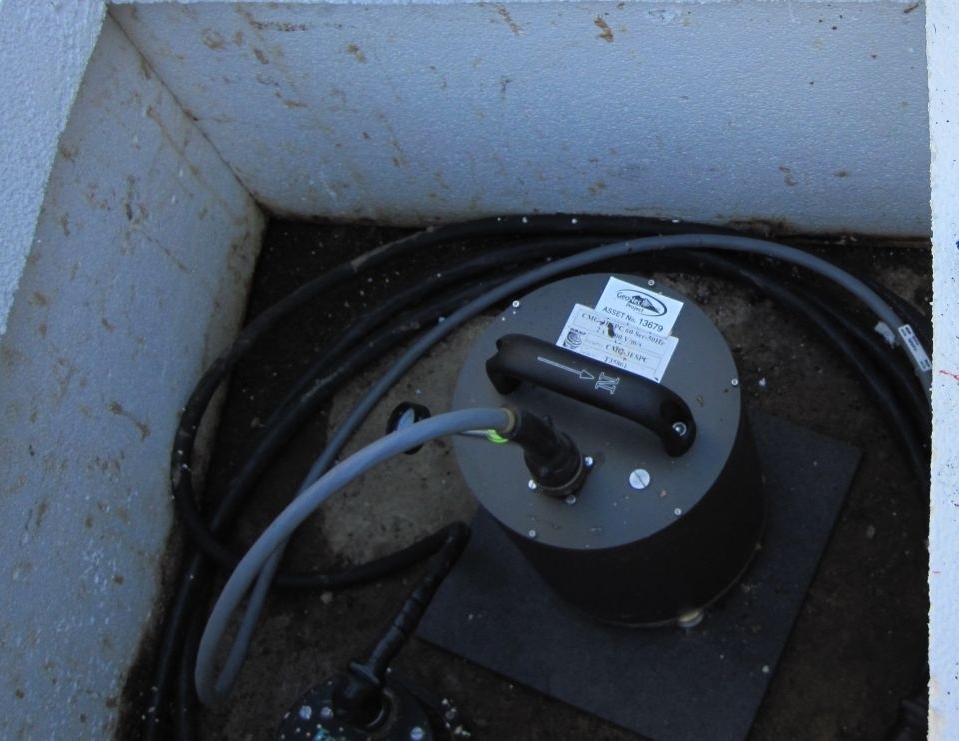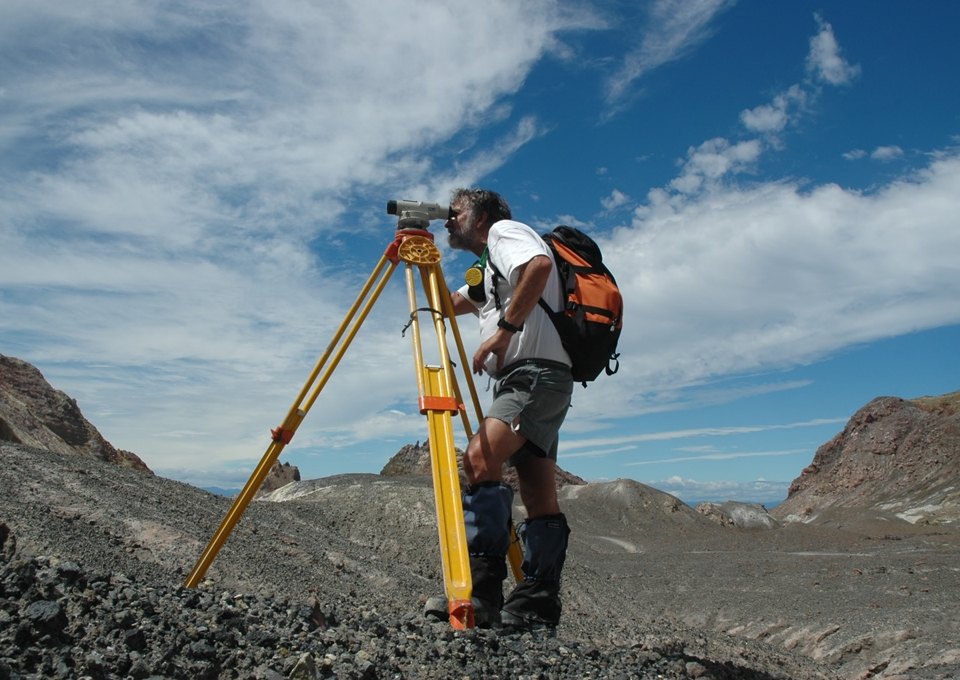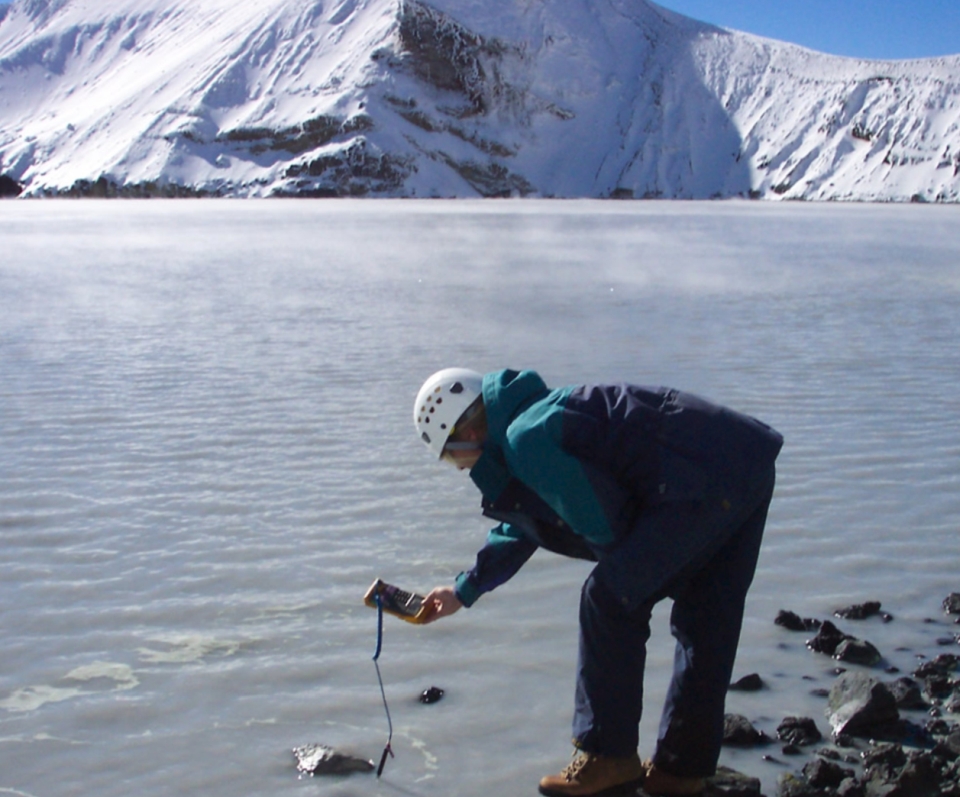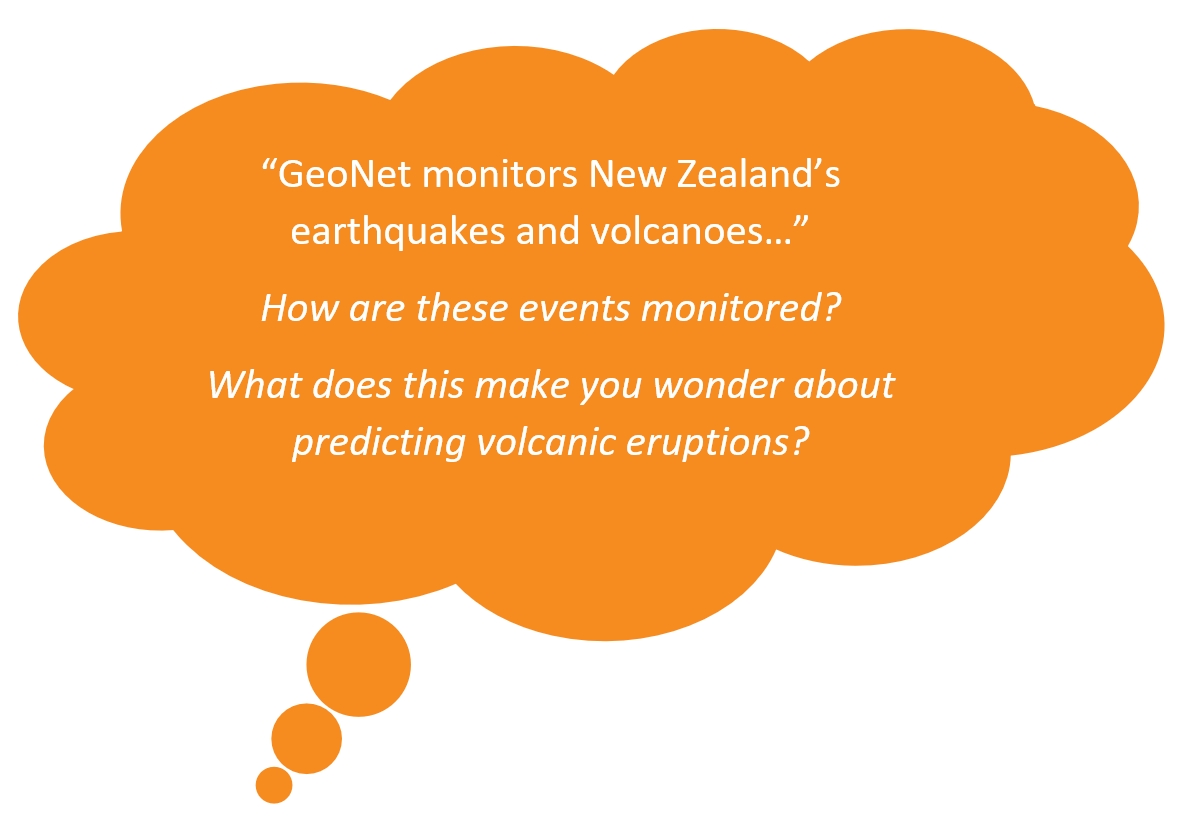You can contact LEARNZ, part of CORE Education, at:
Postal Address:
PO Box 13 678,
Christchurch 8141,
New Zealand

GNS Science runs the GeoNet project. This project is funded by EQC. GeoNet monitors New Zealand's volcanic areas, earthquakes, and our active fault lines in order to understand past events and prepare for the future.
There are 12 active volcanic areas in Aotearoa. Although the probability of an eruption affecting a large area is relatively low in any one year, Aotearoa needs to be prepared for different types of volcanic eruptions.
GeoNet constantly monitors active and potentially active volcanoes. This monitoring detects the early signs of increased seismic and volcanic activity. This equipment is also used to analyse the impacts of eruptions and model future eruptions.

Before an eruption happens, magma moves up towards the ground surface. Scientists use several methods to detect the movement of magma, including:
Earthquakes usually provide the first sign of unrest. Once increased activity is detected, more detailed observations are made. Earthquakes caused by the rise of magma are known as volcanic earthquakes and scientists can tell the difference between these earthquakes and other non-volcanic ground movement.
Rising magma can also change the shape of the land above, increase or change the venting of volcanic gases and increase the temperature of crater lakes.


Those volcanoes that have erupted within the last 10,000 years, especially those with multiple eruptions in that period, are the most likely to erupt again. Together with Taranaki and the Tūhua caldera (Mayor Island), most of the active volcanic centres are in the Taupō Volcanic Zone, and include Ruapehu, Ngāuruhoe, Tongariro, Taupō caldera, Okataina caldera, Mt Edgecumbe (Pūtauaki) and Whakaari (White Island).
All these volcanoes are monitored by the existing seismic network, which should give early warning of renewed volcanic activity. In some cases, however, the period of warning before an eruption may be only a matter of a day or two (as in Auckland) but in others (such as Taupō) it may be over months or even years.
Complete the Monitoring volcanoes quiz
> Discover more about volcanoes and volcanic hazards